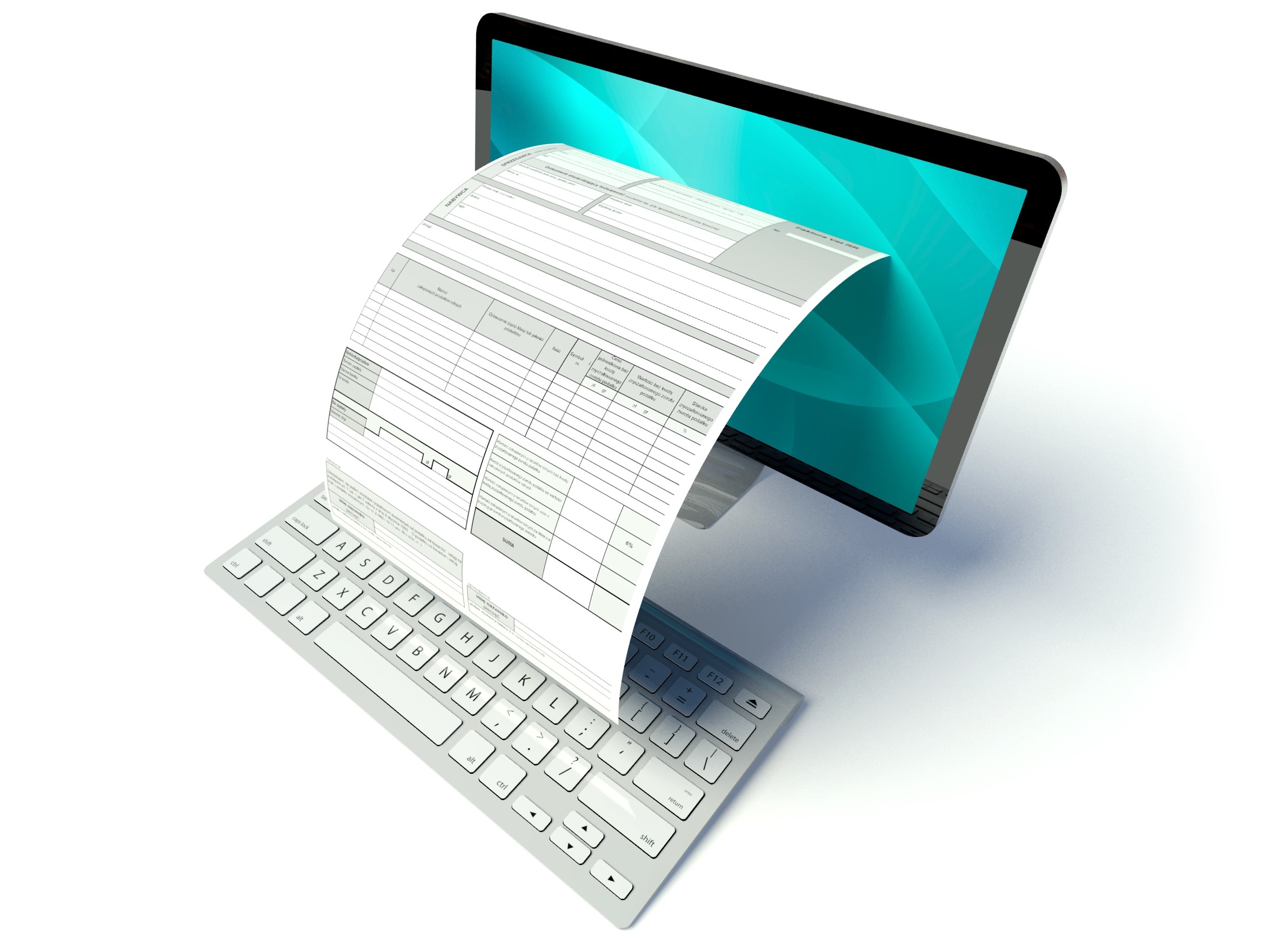Invoicing is a task that many small business owners dread. It’s paperwork-heavy, and clients don’t always pay on time. This leads to cash flow problems down the road and even more headaches. However, a strong invoicing and payment collection process is essential for small business growth.Thanks to advances in digital solutions, invoicing isn’t as much of a headache as it used to be.
Small businesses should back their digital solutions with solid invoicing processes. Follow these 7 tips to ensure smooth cash flow and a process that you can rely on.
Get a signed contract
How can you ensure your clients follow your payment terms and treat you professionally? It all begins with setting expectations. Verbal and other informal means of agreement might seem like the friendly thing to do, but they result in headaches down the road.
Spell your terms explicitly in a contract and have your client sign it before beginning work. By doing this, you’ll ensure that expectations have been set. You’re also projecting a professional image to your clients and are protecting their rights.
After all, a contract protects you from a lack of payment and protects them from receiving shoddy work. A strong work contract is in both parties’ interests so always make sure one is signed.
Think about your payment terms
Most small businesses set payment terms based on their cash flow needs. This process makes sense on the surface. It makes it easier to project cash flow. However, what is ignored is that clients pay according to their schedules and are unlikely to prioritize your cash flow needs when paying.
Smaller clients usually pay quickly, but larger clients that have more involved payment processes take much longer. It’s no good sending out invoices with Net5 payment terms when you know that a large client will pay after 14 days no matter what.
Therefore, think through your payment terms per client. Create terms that are easy for them to follow, and you’ll have more justification to follow up on late payments. Tailoring payment terms to clients doesn’t mean granting lengthy credit periods. It means taking their needs into account along with yours and setting the right expectations.
Use discounts and penalties
The thought of using a late-fee penalty will probably give you shivers and might get you thinking that your clients will go somewhere else. However, remember that you have discretion on whether you need to enforce them or not. You can always give a long-time customer a pass.
However, it’s best to set expectations right from the beginning with new clients. The presence of a late payment penalty communicates that you’re serious about receiving your payment. You’ll find that your new clients will treat you more professionally, and their chances of defaulting or delaying payments will be lesser.
To smooth delivery of the late fee penalty, include an early payment discount as an incentive. Balancing an incentive with a penalty presents a balanced picture to your clients. If you have to charge a penalty, you can always point to your early payment discount as proof that you gave them the opportunity to avoid hefty fees.
Remember when to invoice
Most small businesses present invoices right after delivering their products or services. However, in some cases, monthly retainers might be in place, which bundles all services into a single invoice. Plan your cash flow ahead of time by reviewing all of your invoicing schedules.
It’s helpful to specify payment schedules into work contracts so that you always know when you need to invoice a client.
Use digital solutions
These days there are a variety of tools you can use to manage the payment collection process. You can create a professional invoice using a free invoice generator, save customer details, and track payments easily. Most invoice generation programs allow you to automate payment reminders to your clients via email or text message.
Some businesses still use Excel to create invoices and think they’re using great technology because these invoices are saved “in the cloud”. However, you’ll still have to track all of them manually, and settling disputes can be a headache.
For example, if your customer misplaces your invoice and wants you to resend it, it’s good to have an automated solution that does it for you. Digital solutions also allow you to create dependable audit trails that you can easily verify and reconcile to your bank statements and accounting software. The result is better cash flow prediction and working capital management.
Make it as easy as possible to pay
Give your customers as many payment options as possible. One of the hurdles to timely payment is the need to activate special payment procedures. By giving your clients as many options as possible, you remove these hurdles and collect your money faster.
Payment processing solutions can help you provide a single payment link attached to your invoice, and your clients can pay you using any method they choose.
Store secondary contacts
A common problem that results in delayed payments is the client’s primary payment contact going on vacation or going out of the office. In such cases, following up on payment statuses becomes a problem. It’s best to identify and record the name of the secondary payment contact.
By doing this, you’ll ensure there are no hurdles for you to clear in case your primary contact faces an emergency.
Smooth processes, faster payment
Invoicing is often thought of as a back-office process but it has a direct bearing on your cash flow. Set clear expectations and use these 7 tips to collect payment smoothly from your clients. You’ll be viewed as a professional and will find that your payments will begin arriving promptly.



 Bitcoin
Bitcoin  Ethereum
Ethereum  Tether
Tether  XRP
XRP  Solana
Solana  USDC
USDC  TRON
TRON  Lido Staked Ether
Lido Staked Ether  Cardano
Cardano  Avalanche
Avalanche  Toncoin
Toncoin